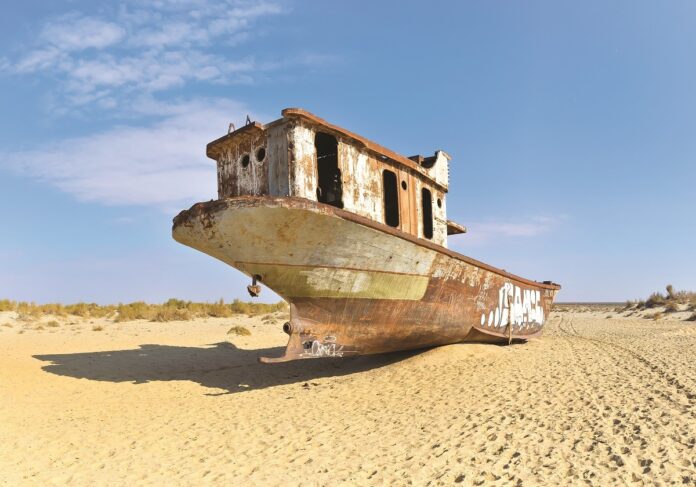The United Nations University Institute for Water, Environment and Health (UNU-INWEH) has released a report on the links between water and global migration, which has increased significantly since the 1990s with increasing evidence of links to water issues.
The document notes that environmental drivers, such as land degradation, water pollution or climate change, are becoming stronger with time. The report says that water and climate-related impacts are transitioning from having an indirect to a direct impact on people’s decision to migrate. “Such transitioning is no longer episodic or localised,” it adds.
Several million migrants have already identified ‘environmental degradation’ and ‘climate change’ as the main drivers for their decision to migrate. The report warns that some sources predict that by 2050 close to 4.8 billion people, over half the global population, and a similar percentage of agricultural production, will be at risk due to increased rainfall variability or variability in droughts.
Current interventions related to migration, including funding to manage it, are focused on response mechanisms, it says, whereas an understanding of the drivers, the so-called ‘push factors’ of migration, is limited. The drivers relate to water quality, quantity, and exposure to extreme events such as floods or droughts. Migration due to floods or droughts is mostly seasonal or temporary, local or regional.
The current literature on water-driven migration is heavily focused on humanitarian assessments or the post-migration context, the report observes. The extent to which water and climate crises can directly or indirectly influence human mobility and impact on people is not well documented, except where the situation is classed as a disaster.
The report provides a simple 3-D framework (water quantity, quality and water-related extremes) connecting migration flows to direct or indirect push factors. The interconnections are illustrated by case studies.
The report says that migration is often seen as an adaptation strategy, although it adds that “the realities faced by migrants are under-represented”. Migration should be formally recognized as an adaptation strategy for water and climate crises, it notes – while it is seen as a “problem”, it actually forms part of a solution. A comprehensive understanding of the interlinkages between water and migration is pertinent to ensure migration-related policy decisions are relevant, and thus able to make a change in people’s lives, the report concludes.
See Analysis








